Thangka, also spelled Tangka or Thanka, is a traditional Tibetan Buddhist scroll painting known for its intricate detail, vibrant colors, and deep spiritual significance. It is both a work of art and a sacred object used in religious rituals, meditation, and teaching.
1. What is a Thangka?
A Thangka is a hand-painted or embroidered artwork usually depicting:
•Buddhist deities
•Sacred mandalas
•Historical figures
•Scenes from scriptures
The painting is typically done on cotton or silk, mounted on a textile frame with silk brocade, and rolled up like a scroll when not displayed.
2. Artistic Features
•Highly detailed and symbolic: Every element has religious meaning
•Natural pigments: Traditionally made with mineral and vegetable dyes
•Precise geometry: Artists follow strict guidelines to ensure spiritual harmony
•Portable: Designed for monks and travelers to carry during pilgrimages
3. Spiritual and Cultural Value
Thangkas are used as:
•Meditation aids to visualize and connect with deities
•Teaching tools that illustrate stories and doctrines
•Offerings in temples and homes
•Blessed objects believed to bring protection and good fortune
4. Modern Significance
Today, Thangkas are appreciated not only for their spiritual value but also as masterpieces of Tibetan art. They are collected by art lovers and preserved in museums around the world.
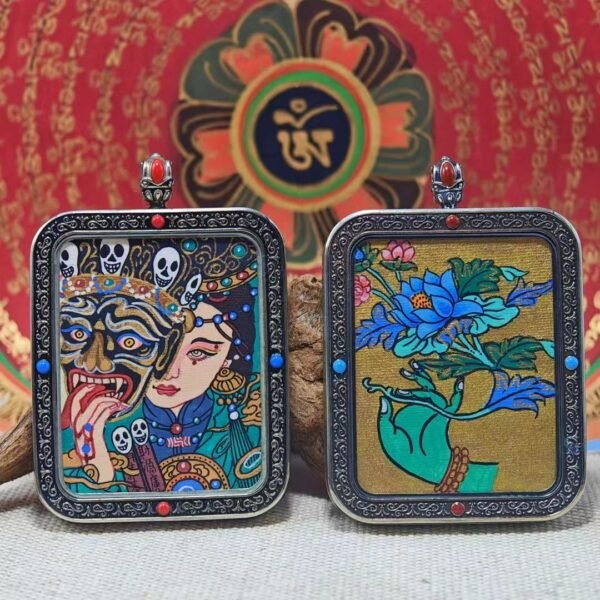
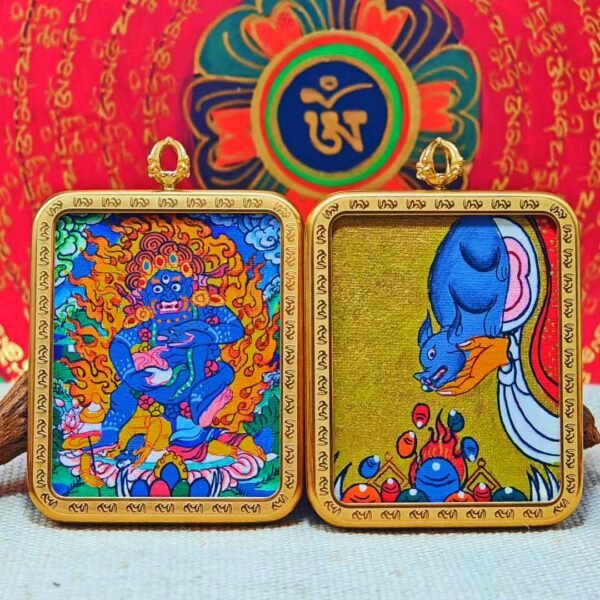
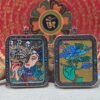
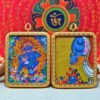


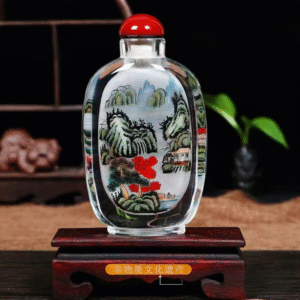
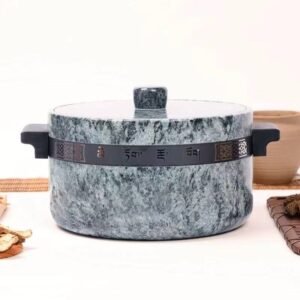
评价
目前还没有评价